Water Birds in Roquetas de Mar
Families
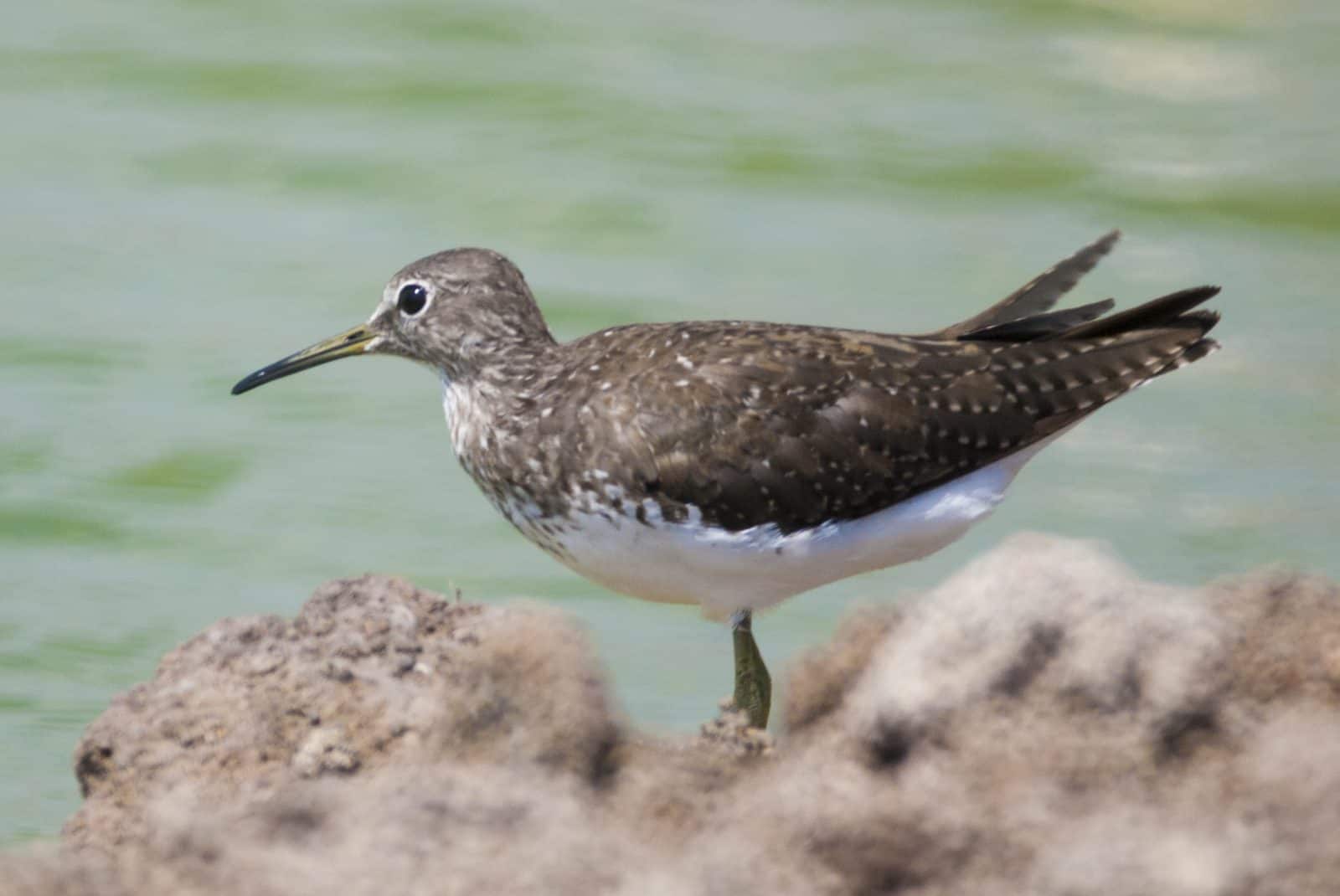
Tringa ochropus
This is the largest of the sandpipers and can be confused with the smaller Wood sandpiper. The general colouration of this sandpiper is dark on the back, darkish brown almost black, with a striping of the same colour on the chest which is very well defined at the end on reaching the ventral area. In […]
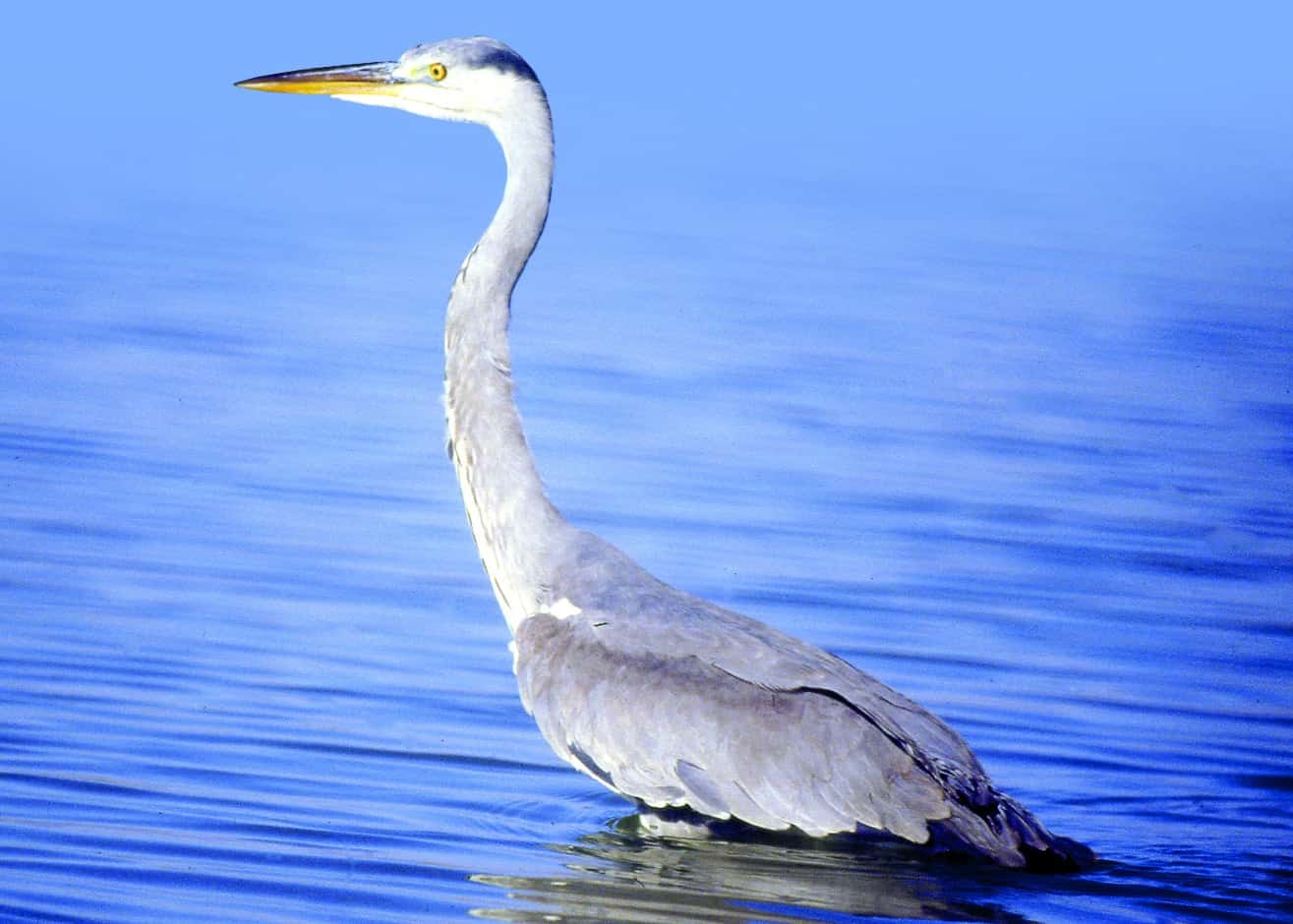
Ardea cinerea
Predominantly grey, it is the largest of the herons to be seen in Roquetas de Mar, its head is white with black feathers that form a striking plume. It is slow in flight and its silhouette with its folded neck is characteristic.
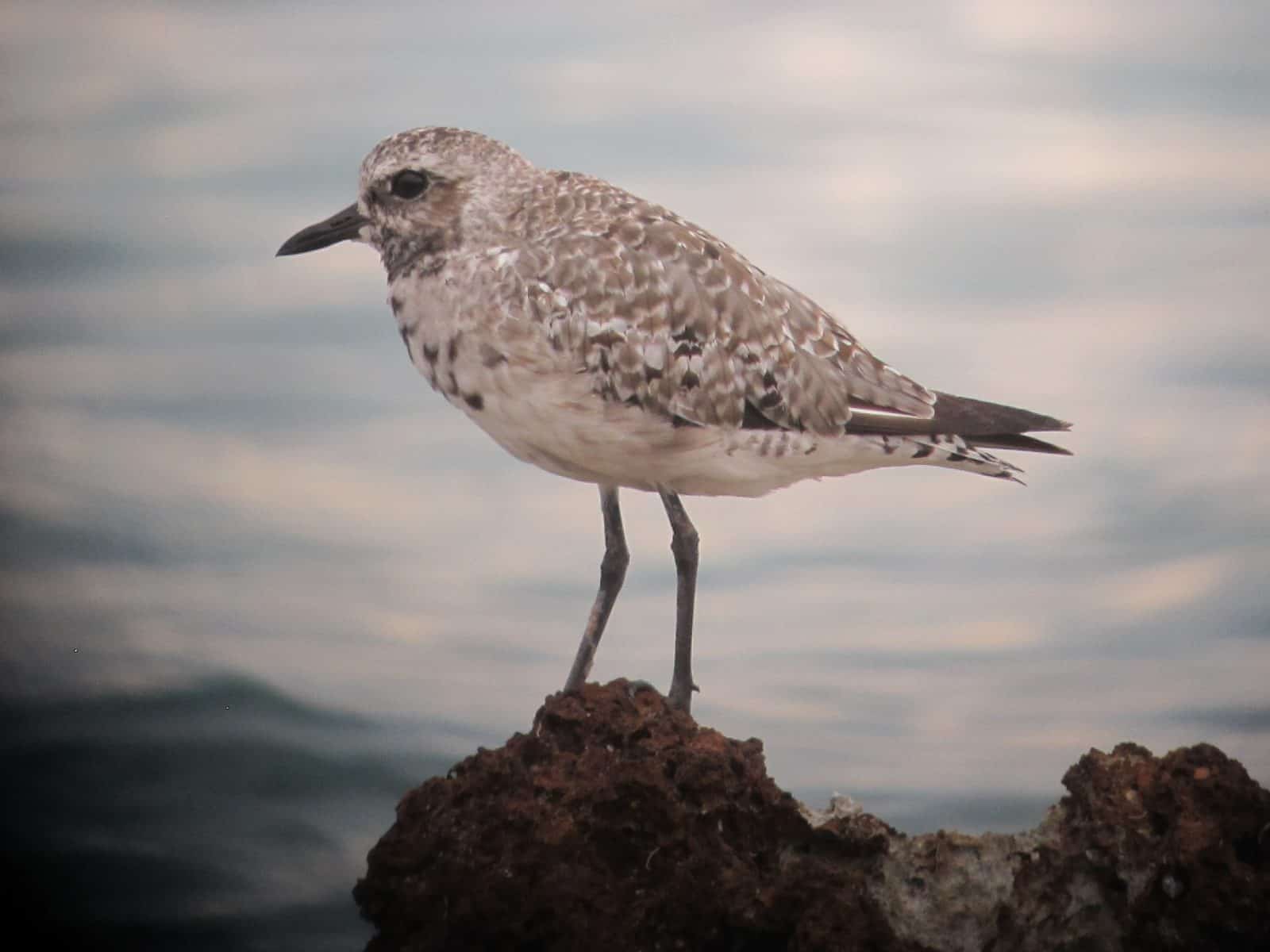
Pluvialis squatarola
It is a large, stocky-looking plover with a robust head and bill. In summer plumage it has a characteristic pattern, with the front (belly, breast, neck, chin and cheeks) jet black, while its back is light mottled grey and black, the rest of the head, neck and back are white. The bill and legs are […]
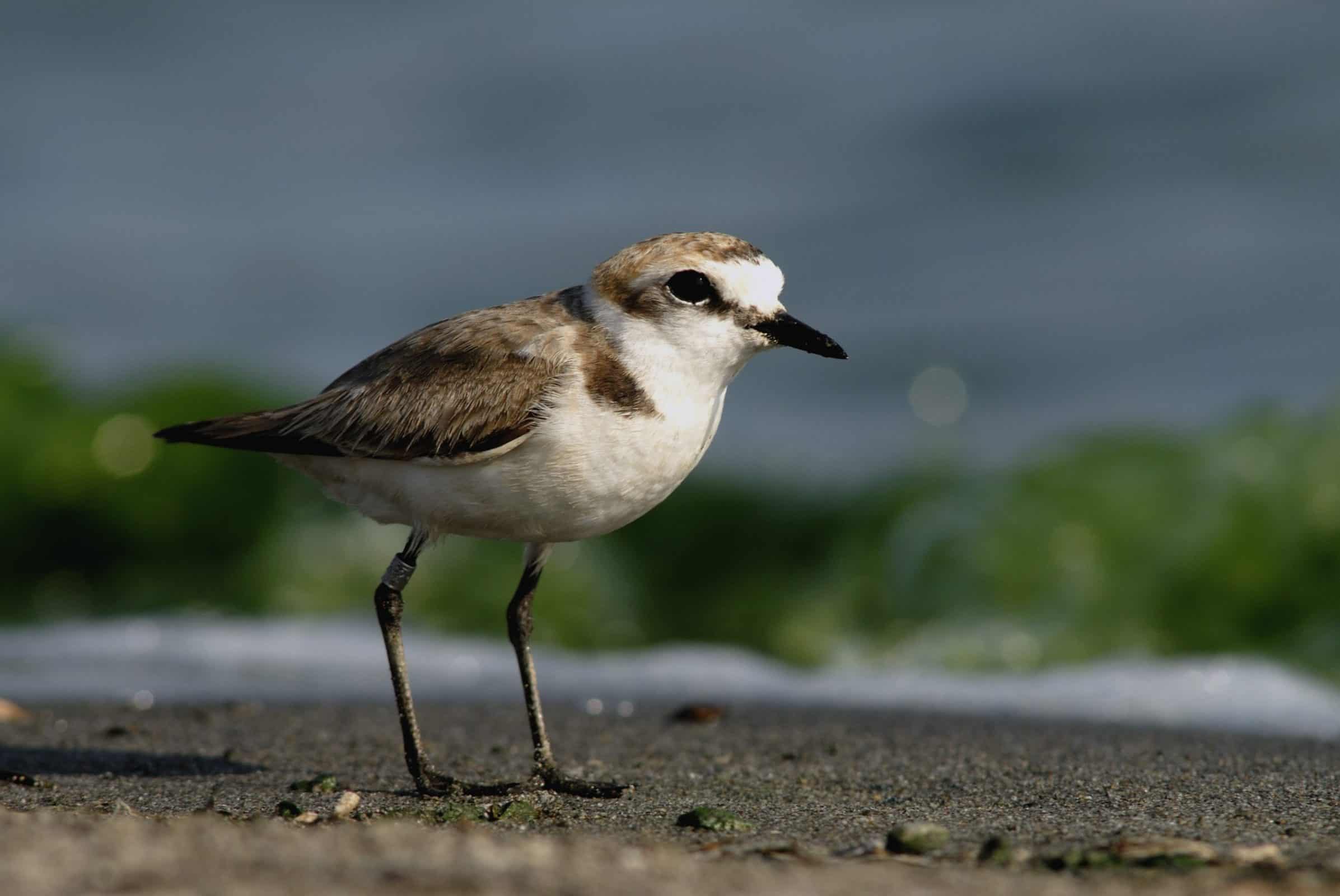
Charadrius alexandrinus
This is the medium-sized one among the three common plovers. As its name indicates, it is the only one with dark, black legs. Its back gives it a sandy appearance. The bill is dark, thin and relatively small compared to the other plovers, from which it differs also in that the collar is open on […]
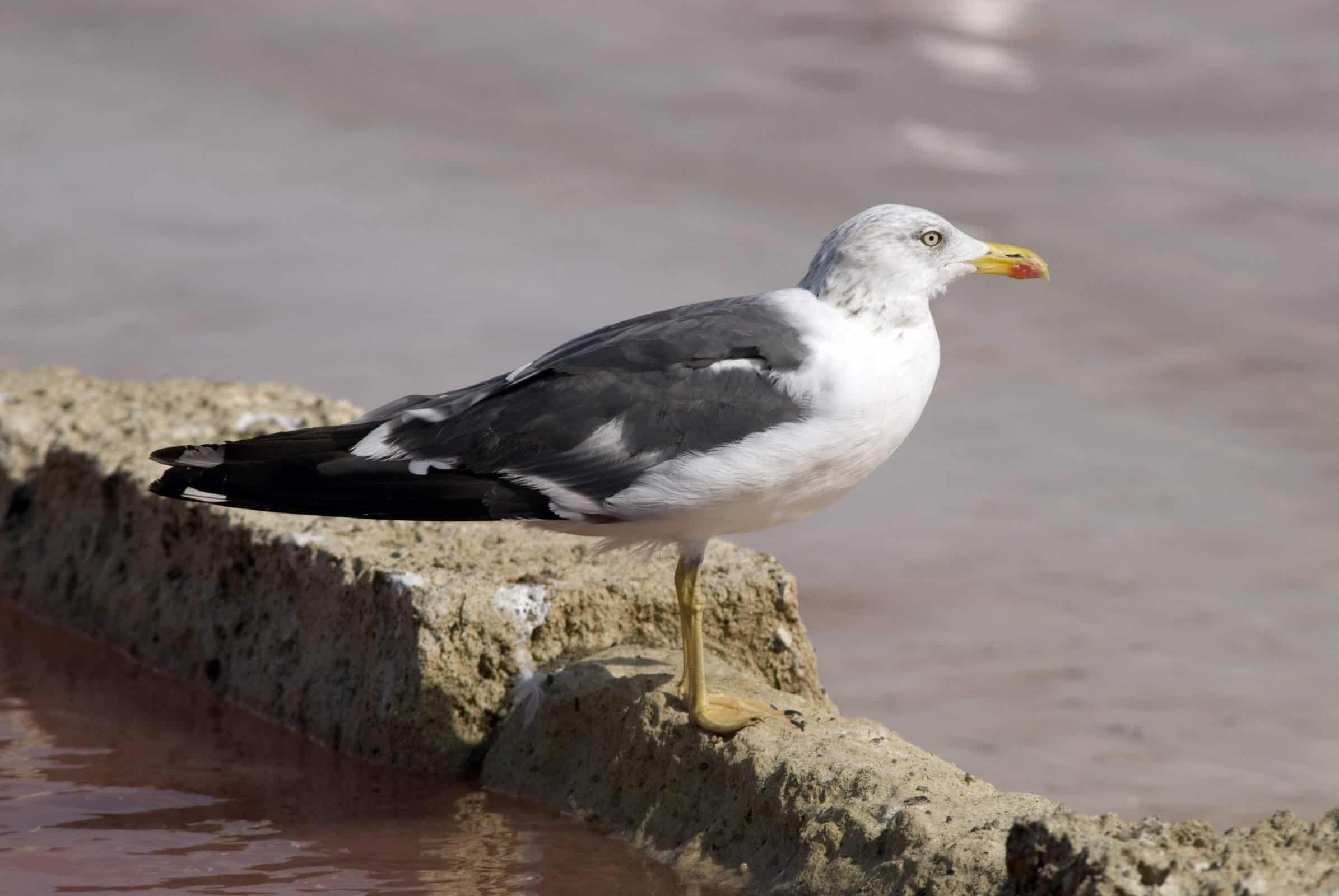
Larus fuscus
The general appearance is remarkably like that of the Yellow-legged Gull, including the size and colour of its bill and legs. One distinctive feature is that the feathers on the back and wings are dark grey, so that when perched the difference with the wingtips is not noticeable (in the case of the yellow-legged gull, […]
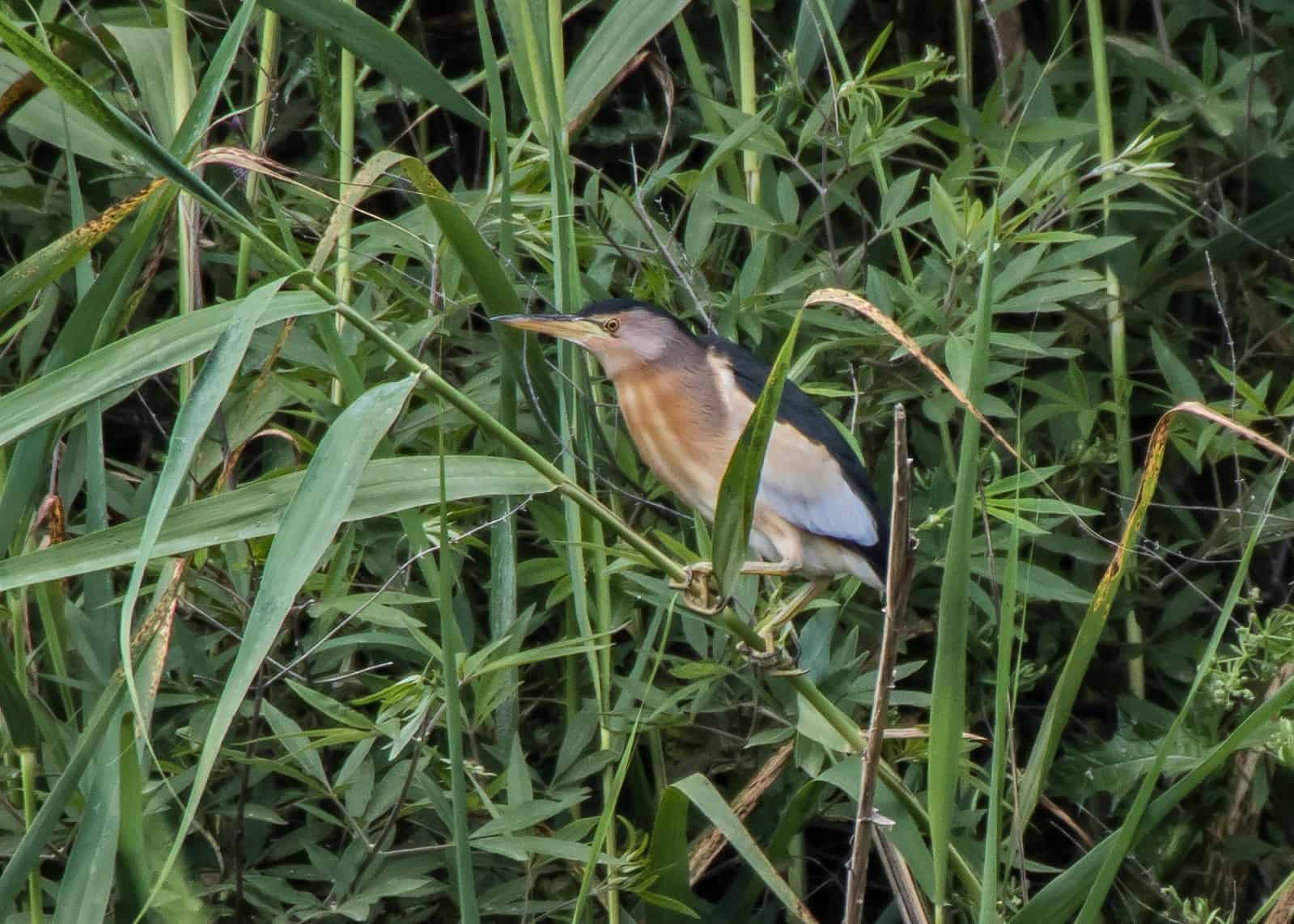
Ixobrychus minutus
It is a small heron, roughly about the size of a pigeon. The back, top of the head and wing tips are black, contrasting with the rest of the plumage, which during the mating season in the male is creamy with some pinkish tones for the underparts and neck, and greyish cheeks. The latter tone […]
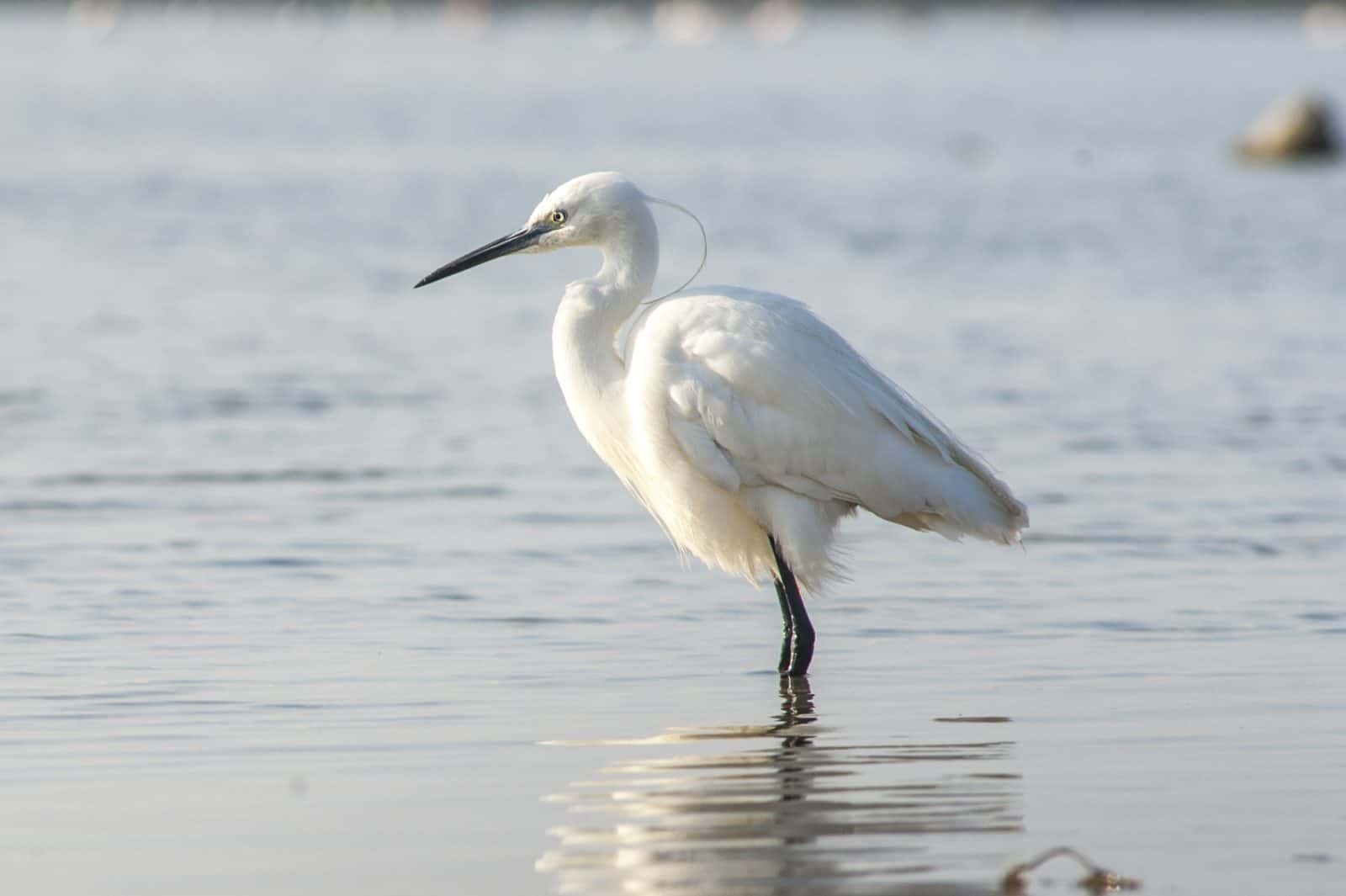
Egretta garzetta
It is a stylized medium-sized white heron, its bill is dark, as are its legs, and it has yellow feet. Its nuptial plumage includes two characteristically long feathers.
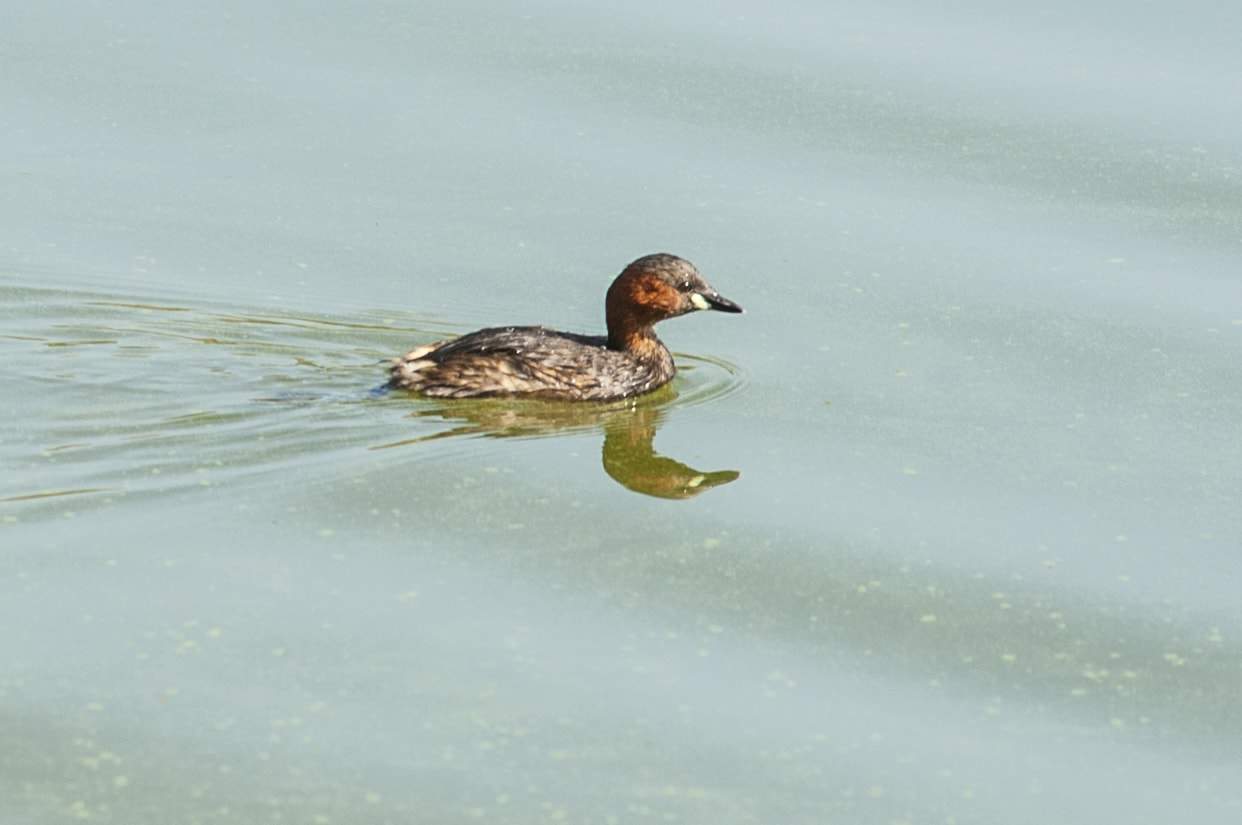
Tapchybaptus ruficollis
Curiously, this little grebe, the smallest, looks like a typical “toy duck”: compact and stubby, with a high rump, with what resembles a “cottony tassel”. In summer plumage it is a dark bird, with two light green spots in the corners of the beak, but really it is brown, darker on the back, on the […]
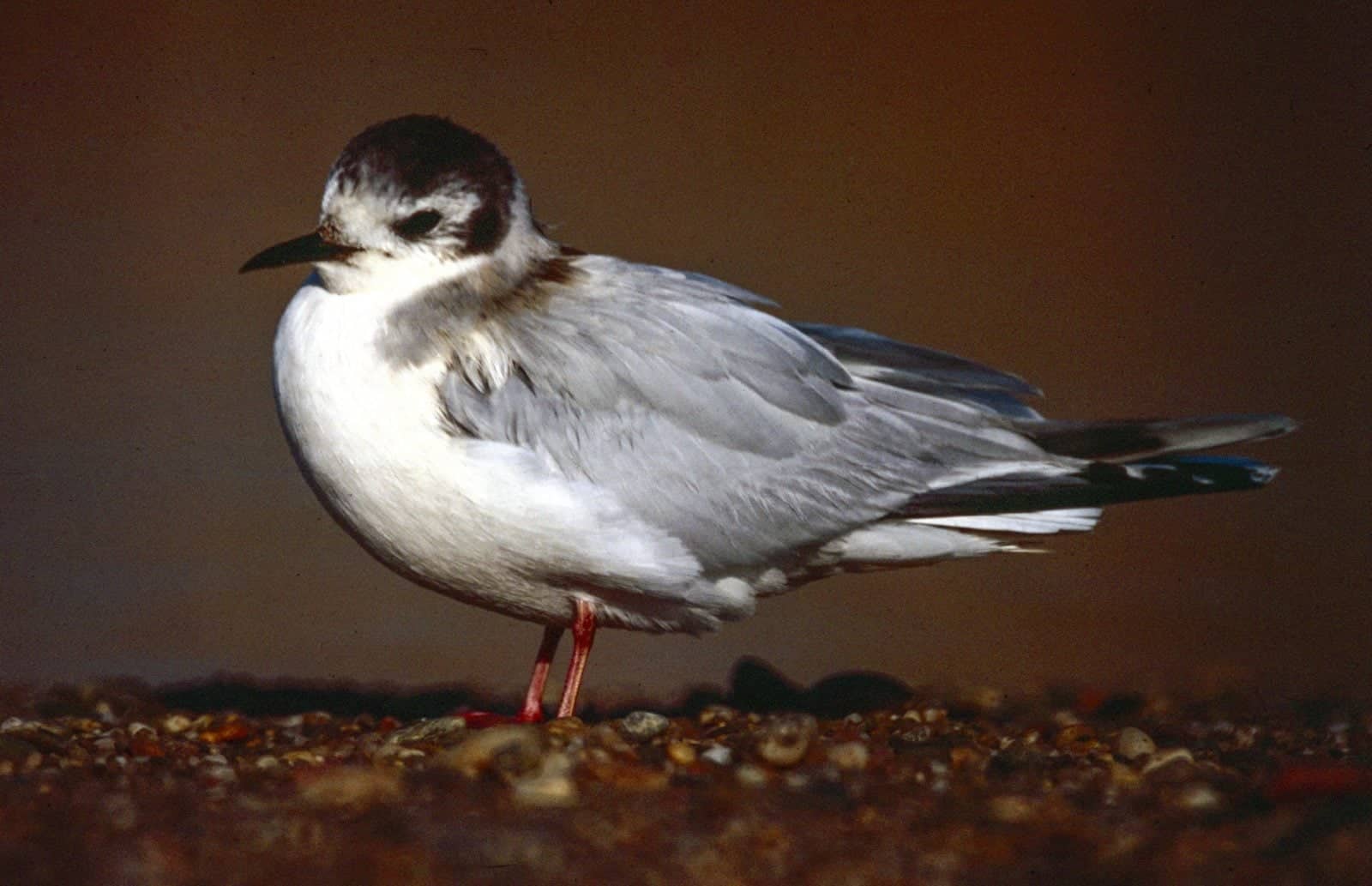
Hydrocolueus minimus
Size matters when it comes to identifying this gull, the smallest of those to be seen on the Iberian Peninsula. In its summer plumage it is a small white gull, with a light grey back and a black hood covering its head, and it has a dark red bill and legs, the latter being unusual […]
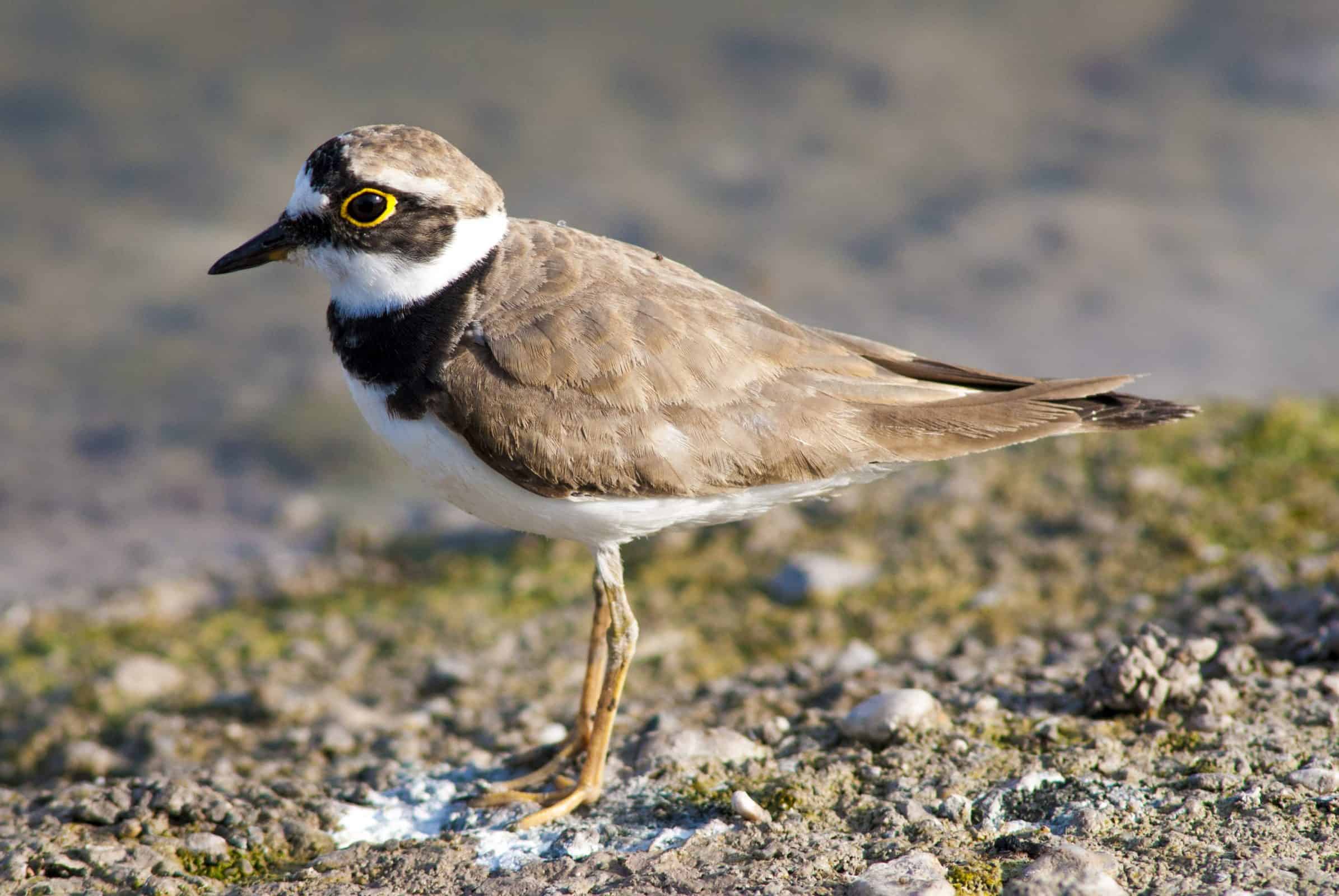
Charadrius dubius
Like many waders, it has different plumages for winter and summer and a slight difference between sexes. It can be confused with the common ringed plover, from which it differs among other aspects in its complexion, the little ringed plover is, as its name indicates, smaller, has a slimmer appearance, with longer legs with the […]
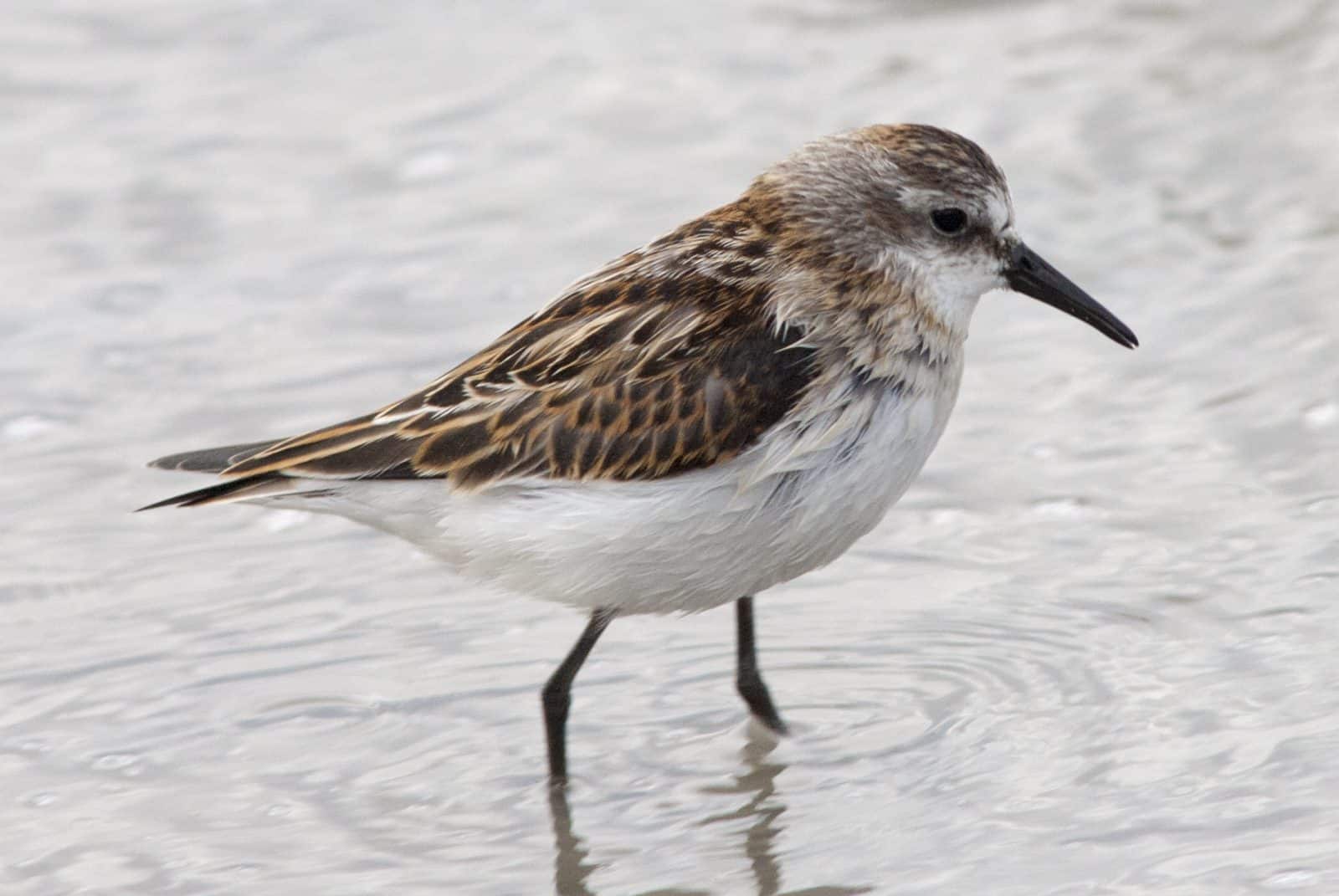
Calidris minuta
It is the smallest among the sandpipers, it may look like a small Dunlin, but its bill is proportionally smaller and sharper (reminiscent of the shape of a small stake), its legs are black, which distinguishes it from the rare Temminck’s Sandpiper (whose legs are yellow). In summer plumage, the little stint has a dark […]
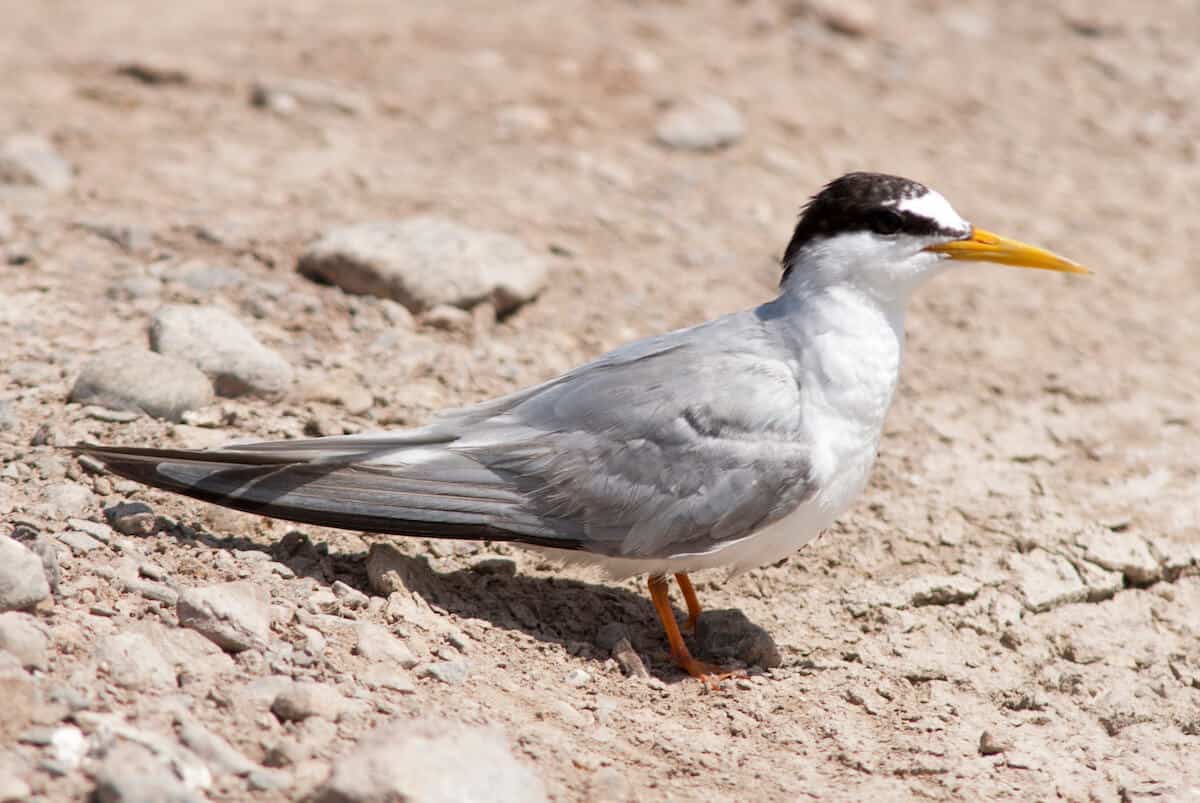
Sternula albifrons
Very small, fast flying, slender tern with pointed wings, forked tail and dives frequently to capture its prey in the water. When perched, its legs and bill are yellow, the latter has a black tip. Its head has a black hooded patch, but with a white forehead, from which it gets its scientific name. Its […]
